
Dystonia is a very serious neurological disorder, and its main characteristics are repetitive twisting movements and abnormal posture, due to the continuous muscle contractions. In cases where it is not congenital, this disorder is usually a result of some physical trauma, infection, or a reaction to medicines, especially those from the group of neuroleptics. There are several types of this disorder, each with particular characteristics, but in every type, central nervous system has been damaged, especially the part which is related to motor functions.
The real cure to this disorder is not yet found, but the treatment of certain symptoms is possible, and in many cases it is rather successful. There are several treatment options for this, and the purpose of all of them is either to tranquilize the brain, or to block the connection of nerves and muscles by using drugs or some other methods, which is why every single treatment has numerous risks and possible negative side effects. However, it is also extremely important to include plenty of rest, moderate exercises, and techniques of relaxation in the treatment, as well as to reduce the stress to minimum.
One of the extreme methods of treatment is surgery. It is not a common procedure, and it is done only in the most severe cases, after a very careful consideration. It is also called denervation, since it has the purpose to denerve certain muscles, thus providing some relief to the patient who suffers from dystonia. In some cases, every day activities are much improved after this. What is extremely important with this procedure is the fact that in this surgery the nerves of brain or limbs are practically destroyed, and they can never be repaired again.
However, another neurosurgical method has been more and more used lately, and it is called deep brain stimulation, or in short DBS. In this procedure, a brain pacemaker is implanted and it has the purpose to send electrical impulses to particular parts of the brain. That way, the activity of the brain is changed and controlled, and what is important here is that, unlike the first mentioned surgery, this one is reversible. But, even though it turned out to be very helpful in the severe cases of generalized dystonia, it turned out to be rather risky for the patients who suffer from medication-refractory dystonia, because it seems that it may increase the risk of the suicide. Also, some of the neuropsychiatric side effects which have been reported are apathy, cognitive dysfunction, depression, but since the procedure is reversible, they do not have to be permanent. It can also cause personality changes in cases of displacing or dislodging of electrodes during the procedure, but this can easily be identified.



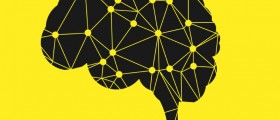

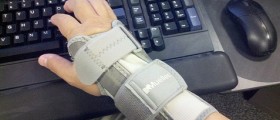

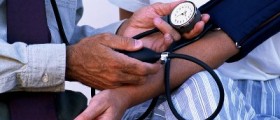
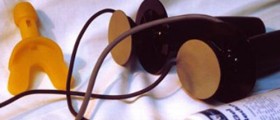


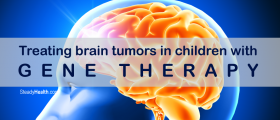





Your thoughts on this
Loading...